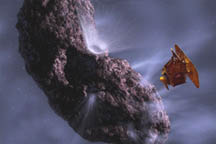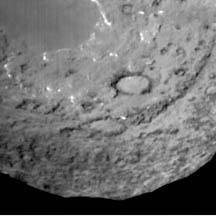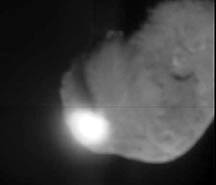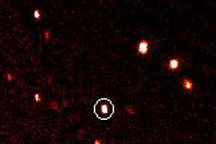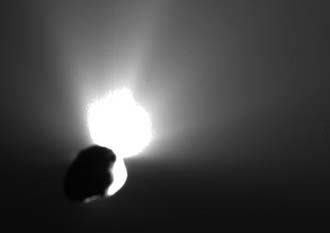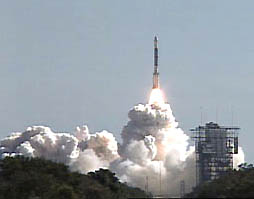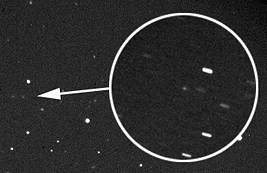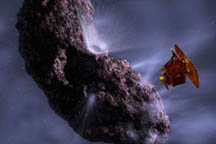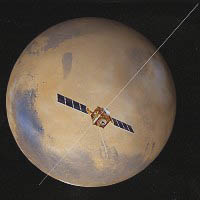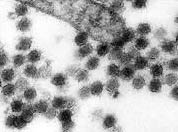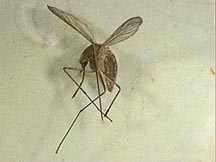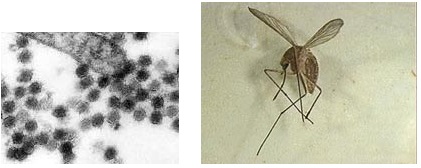
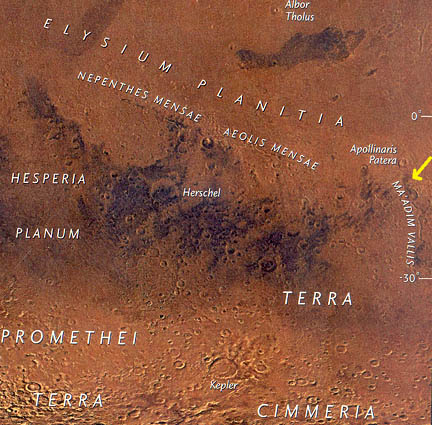
August 24, 2005 Pasadena, California - For twenty months now, the robotic explorer, Spirit, has been exploring the Gusev Crater on Mars, while its twin rover, Opportunity, has been exploring the Meridiana Planum. The two sites are 6,600 miles from each other in the equatorial region.
Click here to subscribe and get instant access to read this report.
Click here to check your existing subscription status.
Existing members, login below:


